- Differentiable Boundary Conditions.
- Topology Optimization.
- Energy Minimization and Component Placement.
What would you explore?
Science policy and infrastructure do not always incentivize the research that most benefits society. Part of the problem is that scientific expertise and apparatuses require significant investment.
We want more people to be scientists and engineers. We want research to be more democratic. We want society as a whole to explore more questions.
Our mission is lower the barrier to entry, and streamline the process of innovation. We accomplish this in three ways:
Why Us? Hackable workflows
If it can be programmed, it can be optimized.
From Ant Colony Optimization to the Wolfe Algorithm, we're experts at mathematical programming.
We can also expose primitives in your design and simulation tools to be compatible with modern solvers.
See what the power of optimization can help you unlock.
Parameter Tuning
Bring your favourite simulation tools into the optimization loop. Find the best parameters to use in your designs.
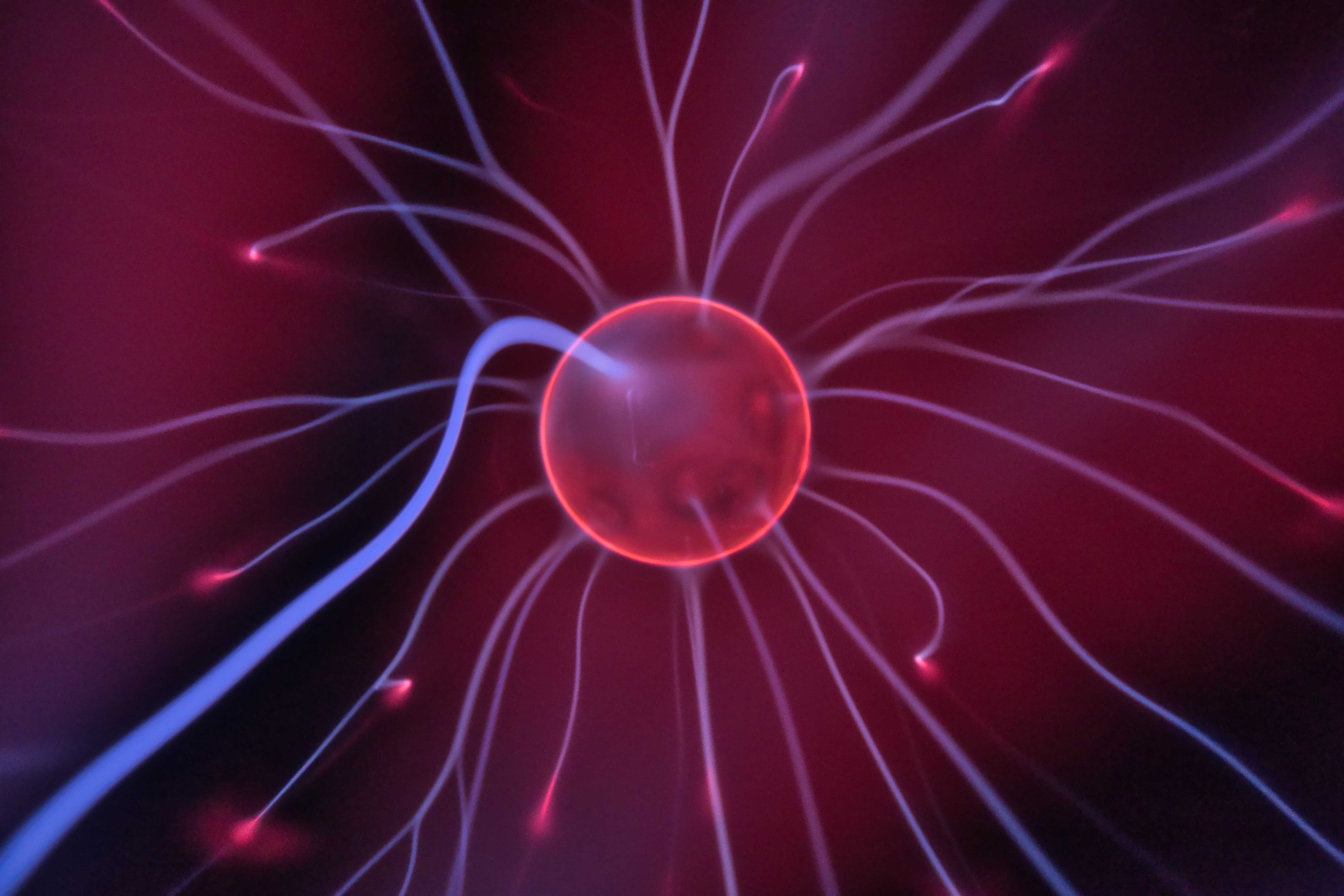
Underactuated Control
Need to dynamically control behaviour with weak actuators? Learn optimal policies to generate actions from inputs.
- Hierarchical Reinforcement Learning.
- Multi-Agent Control.
- Guided Policy Search.

Stress Testing
Want to measure the reliability of your designs? Let us search for scenarios that trigger component failure.
- Stress analysis.
- Bottleneck isolation.
- Adversarial perturbation.
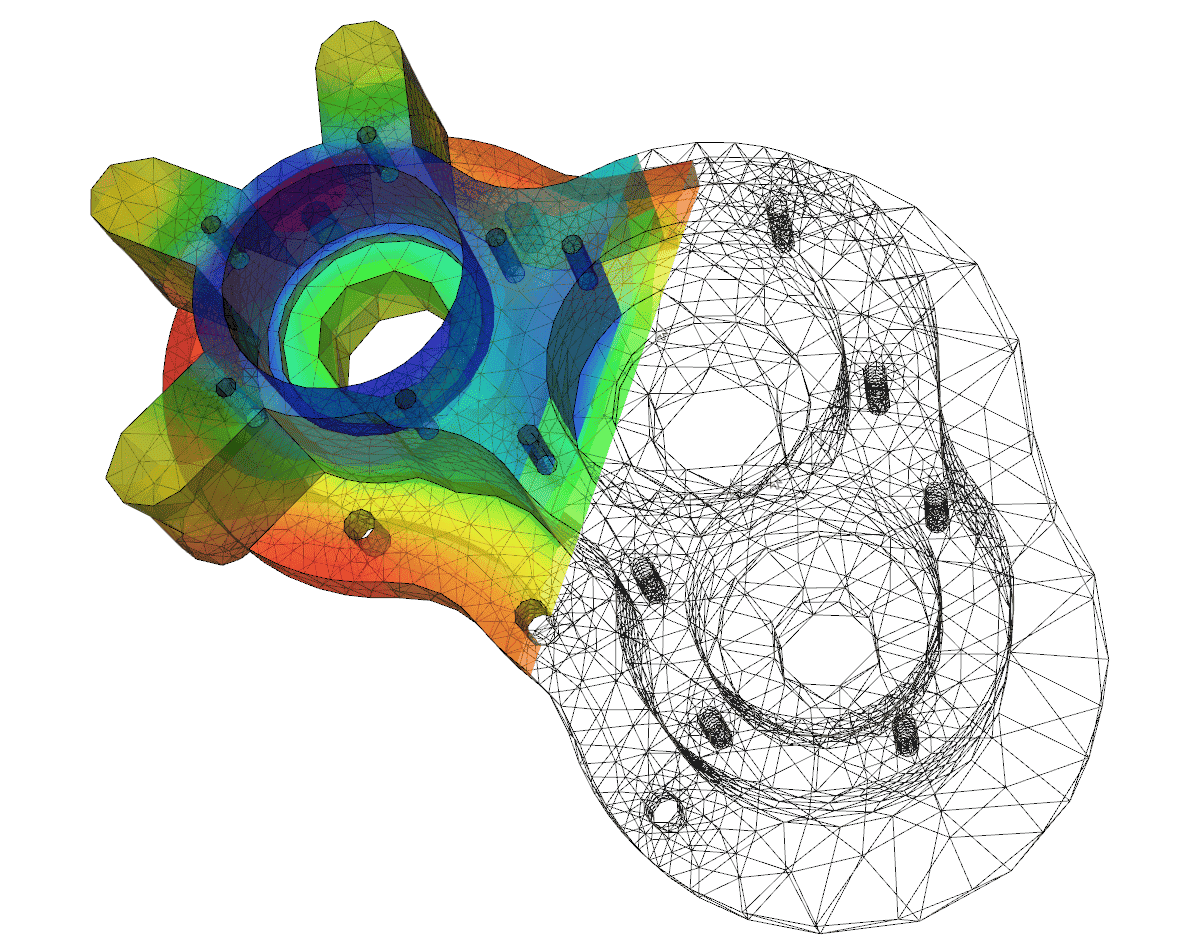
Project Demo
A supersonic trebuchet
you can build in your basement.
Why Us? Automated Insights
Powered by Machine Learning
From modelling stochastic systems to artificial perception, Machine Learning presents a powerful paradigm for accelerating discovery.
But complex models introduce their own risks. If your AI-designed solar cell seemingly contradicts the laws of physics, is that a statistical error, or a breakthrough?
We have expertise in representation learning and model interpretation. Let us help you distill insights from your data.
Interpret Latent Patterns
What are our models learning during training?
The current narrative is that models learn features to support their inference. But often, because of artifacts in the data, these features are meaningless.
We'll help you discern what your model is learning. What's more, we can work with you to include inductive biases into the training.

Detect Anomalies
How does the training data impact model parameters? How do we detect changes in the data distribution?
Outliers can be the result of noise, but they can also herald new discoveries (for instance, in particle physics).
We use a combination of techniques - generative modelling, influence analysis, uncertainty estimation - to help you understand your data.
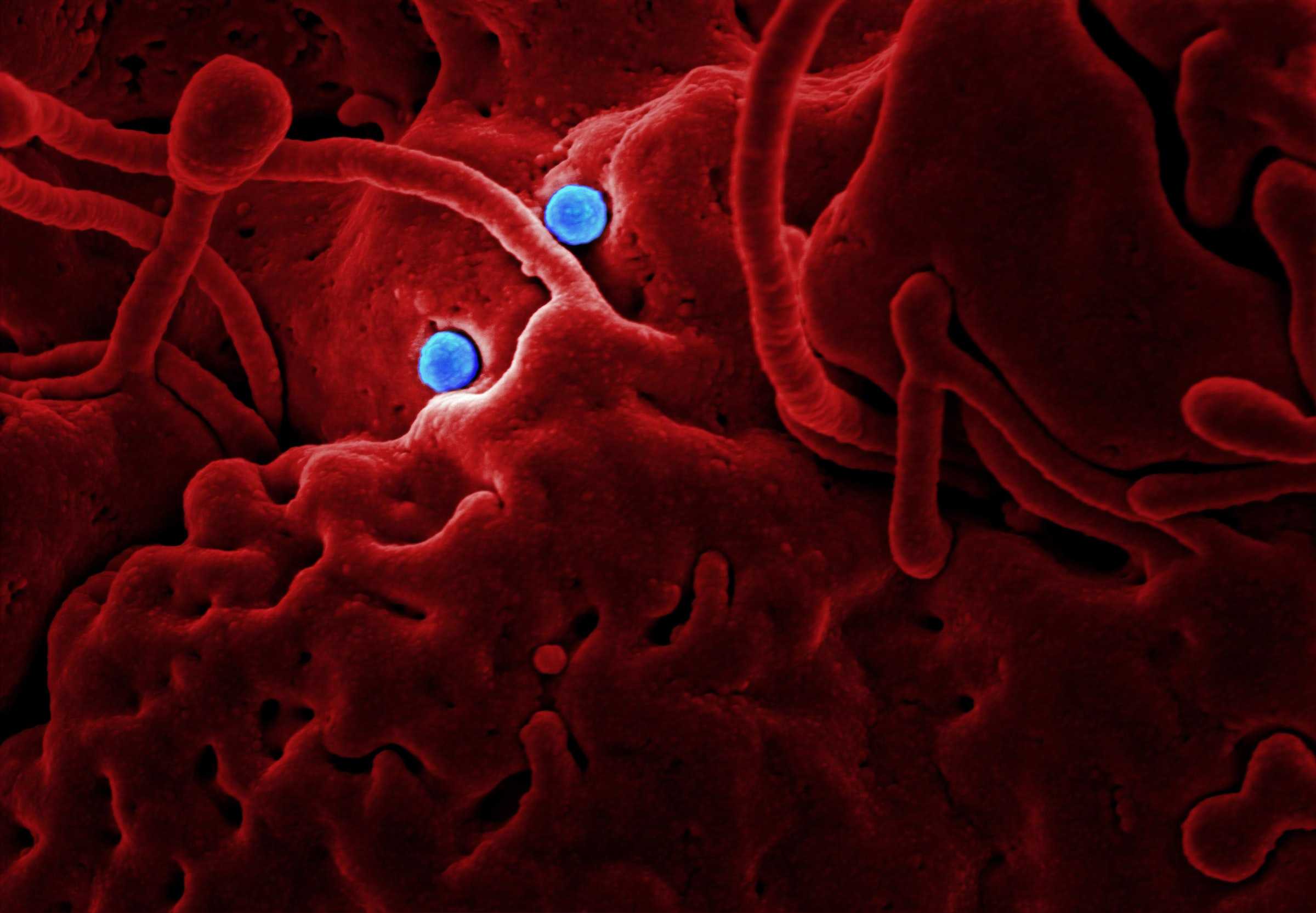
Trust your models
How do we know our models will work outside the lab?
Training ML models is different from other engineering tasks, because we only have indirect control over the final product. What's more, the models we use are often too complex for human-based validation.
We are researching new ways to create certificates of trustworthy behaviour for models. They're like mathematical proofs of reliability.

Why Us? Accessible tools
No supercomputer?
No problem.
We use machine learning to adapt workflows to your hardware.
We worked with researchers at the Frontier Development Laboratory to model the relationship between Carbon Sequestration and Seismic Activity.
Their old simulation took 22 hours to run on a supercomputer.
Our model needed just 2 minutes - on a tablet.

Team
Who We Are
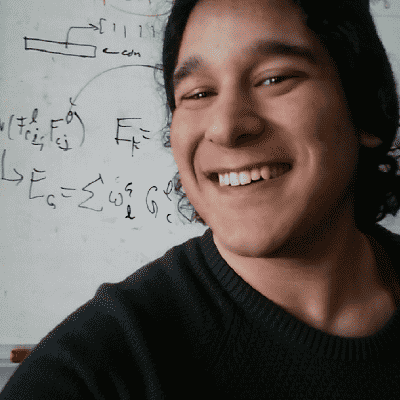
Giuseppe Castiglione
Founder, Machine Learning Researcher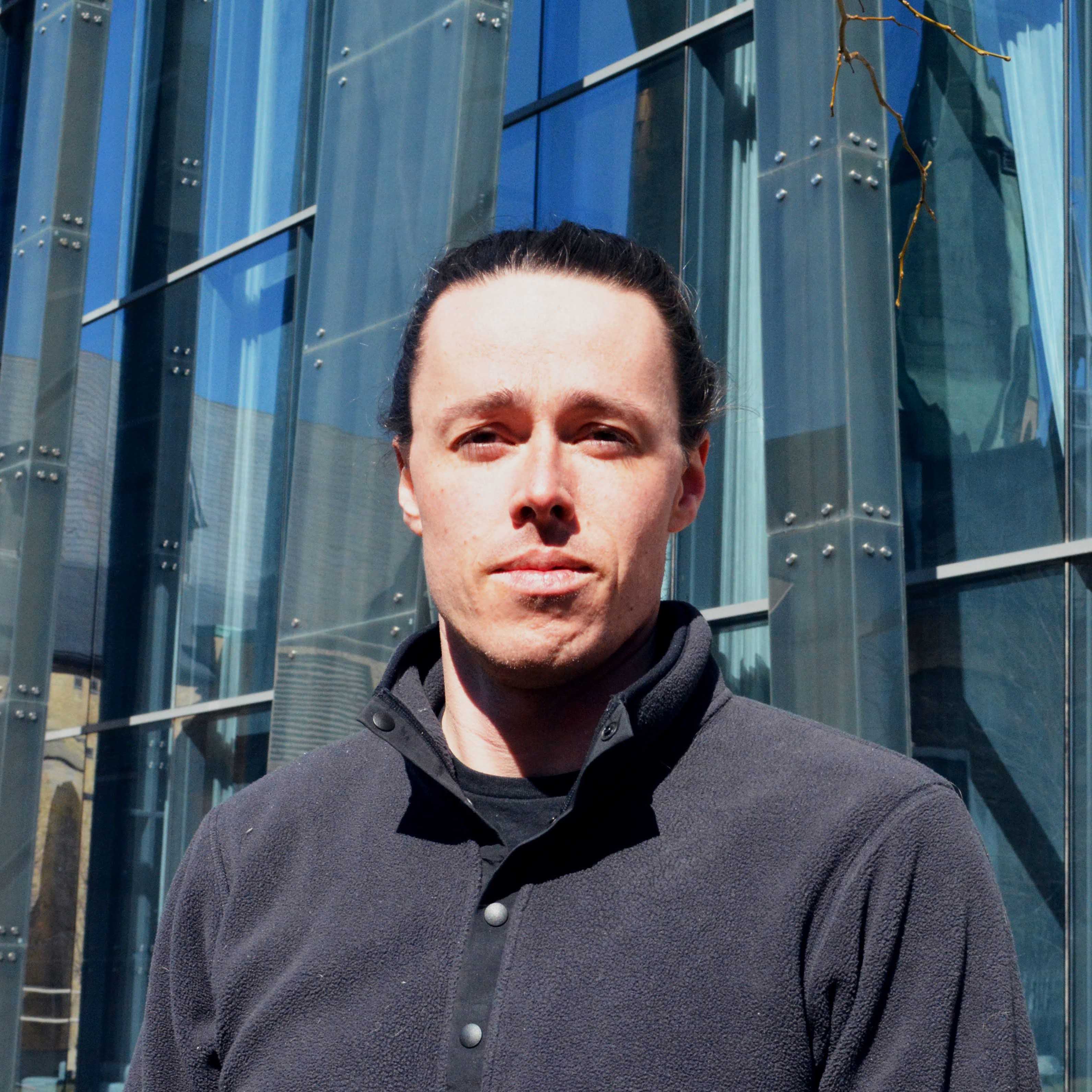
David Eade
Founder, Mechanical Engineer
Mark Sikora
Founder, Electrical EngineerContact Us
Send us a message!